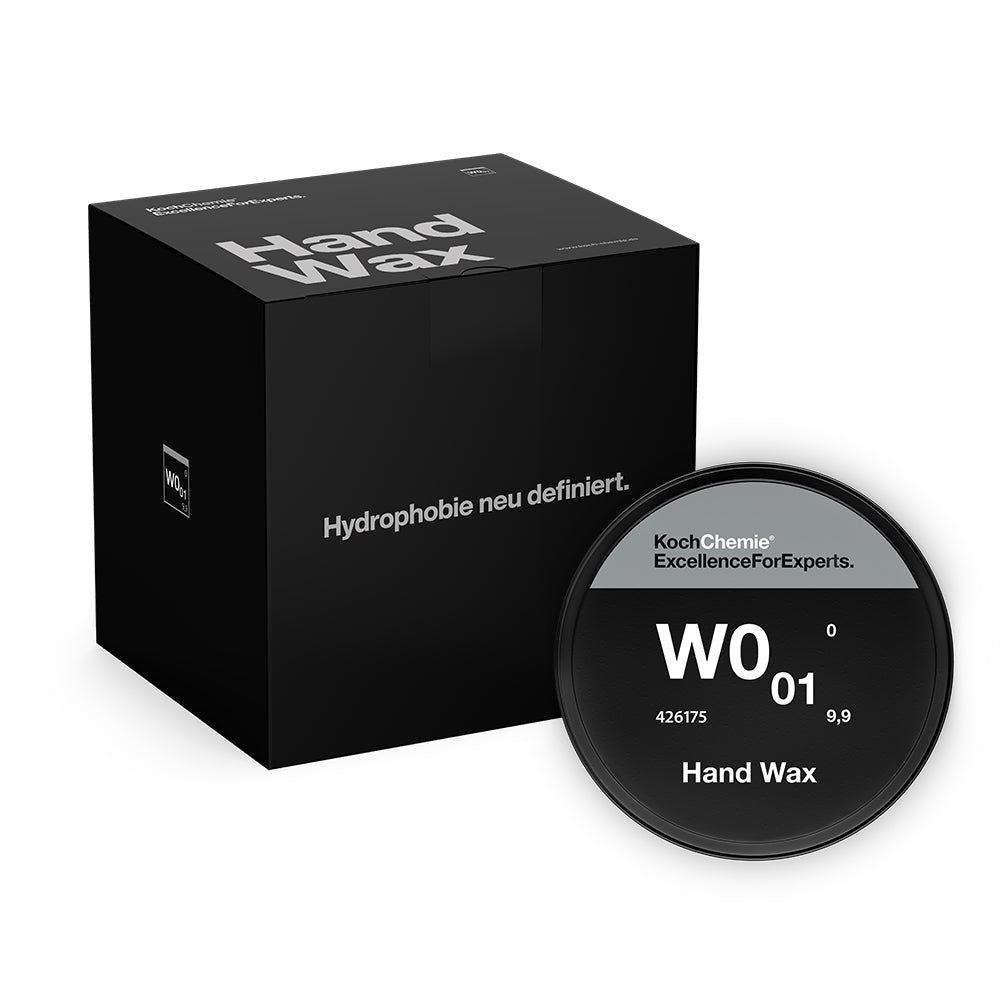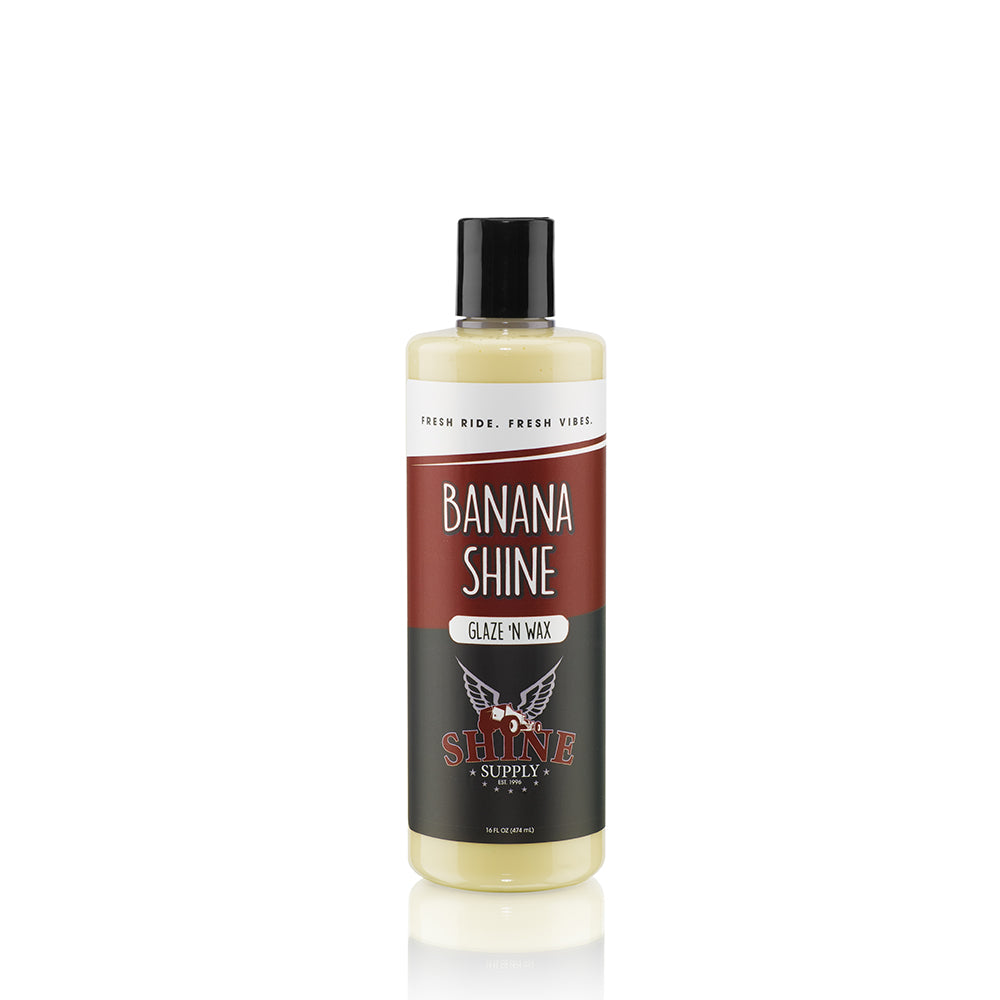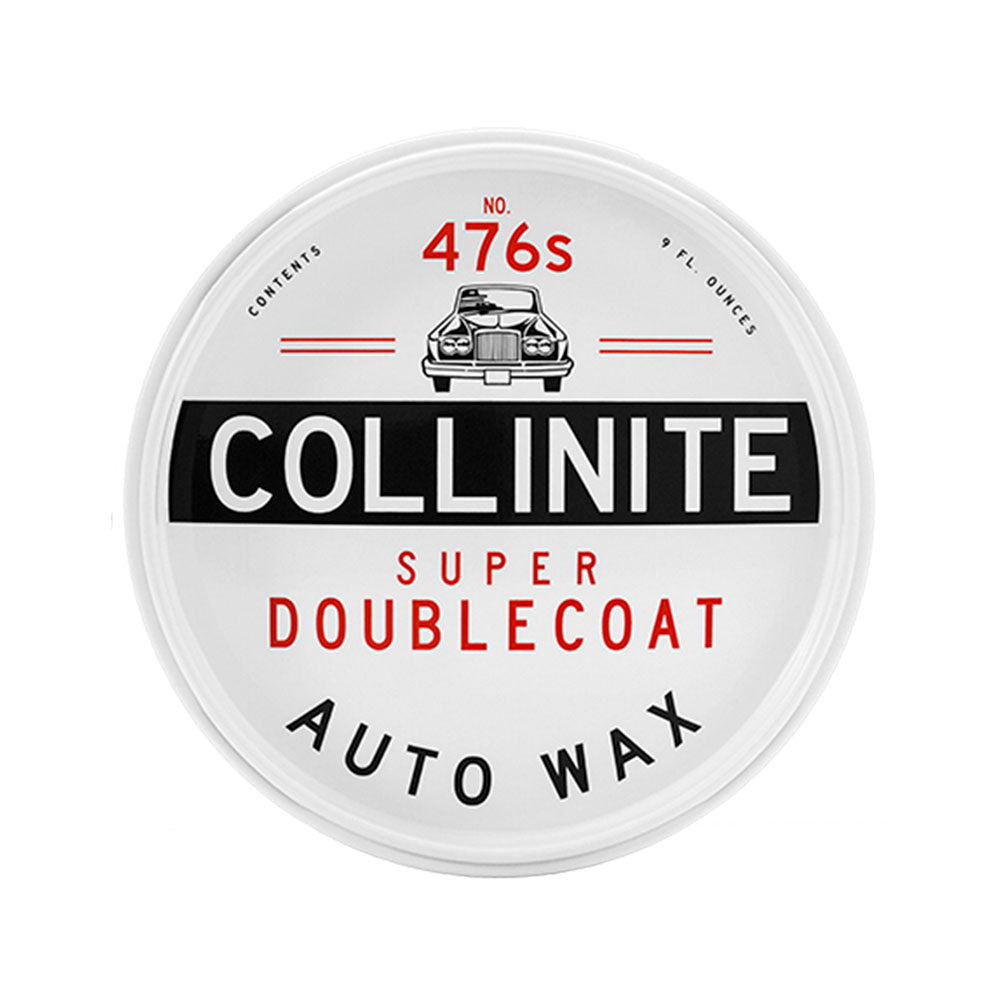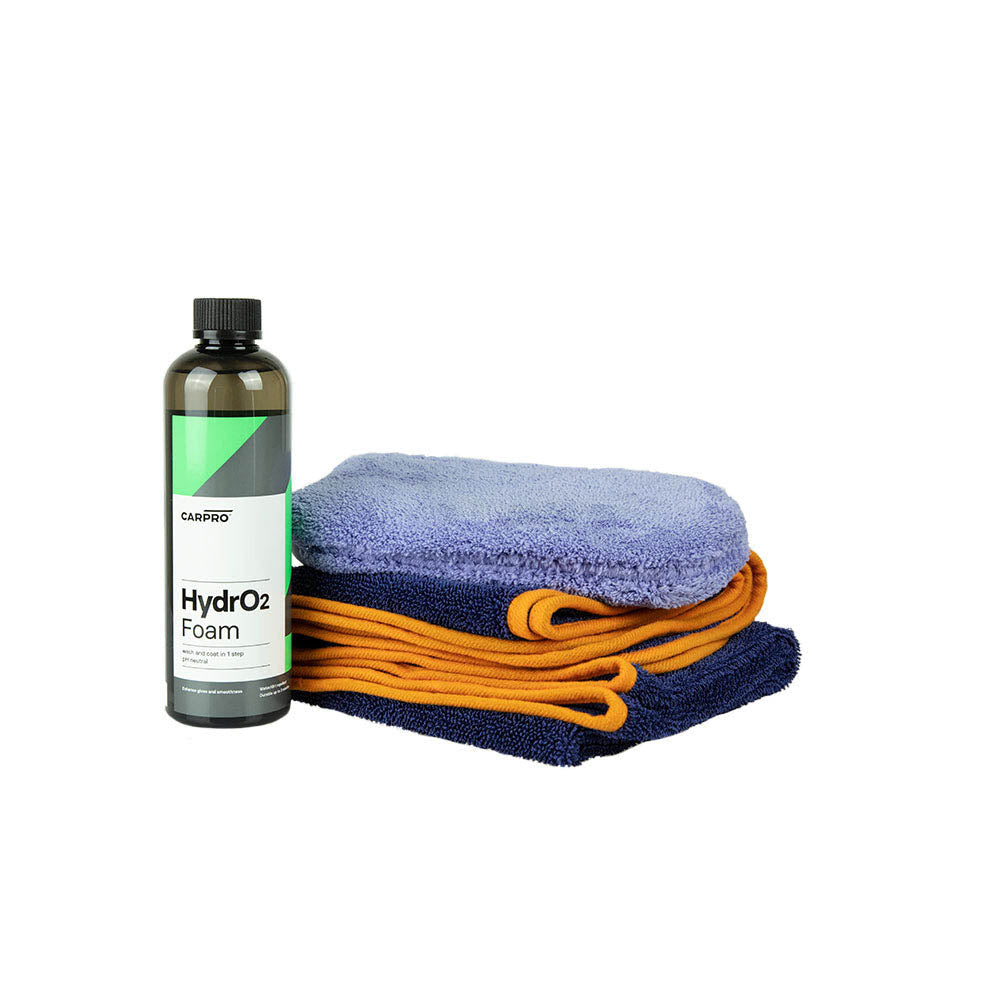
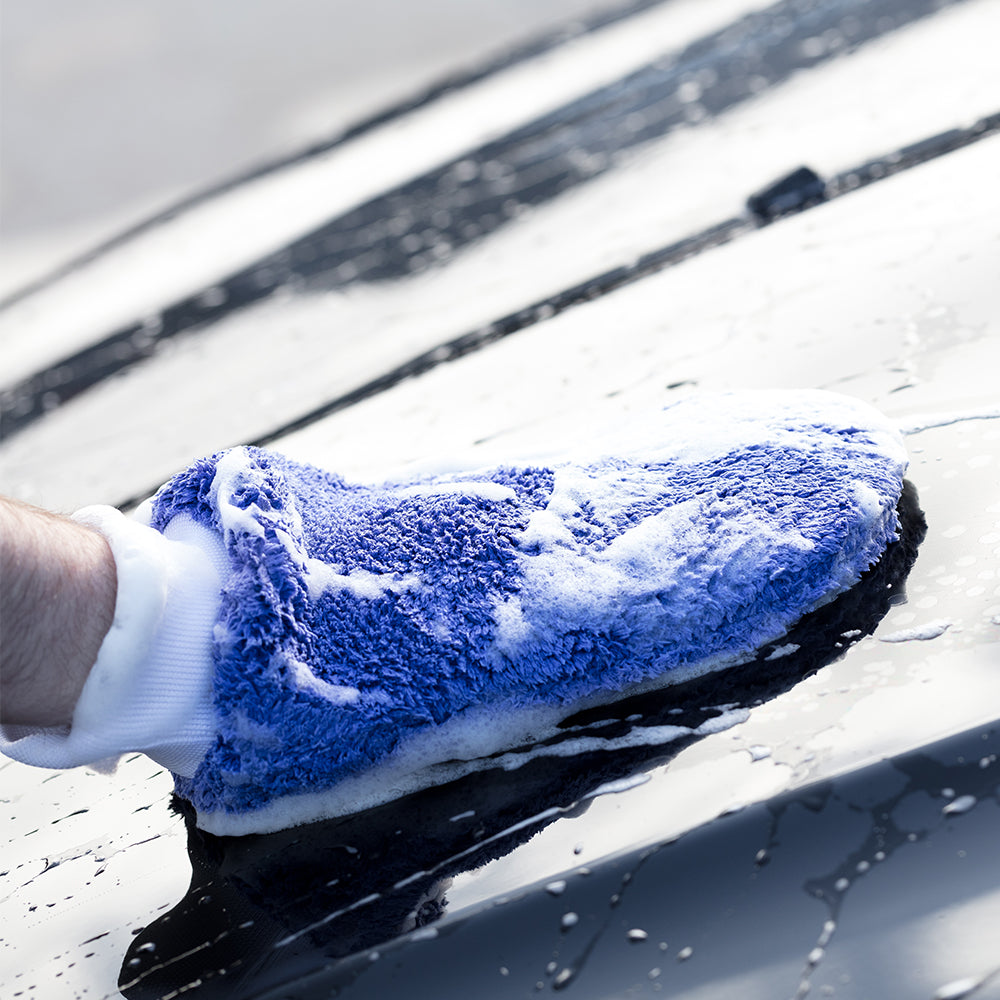

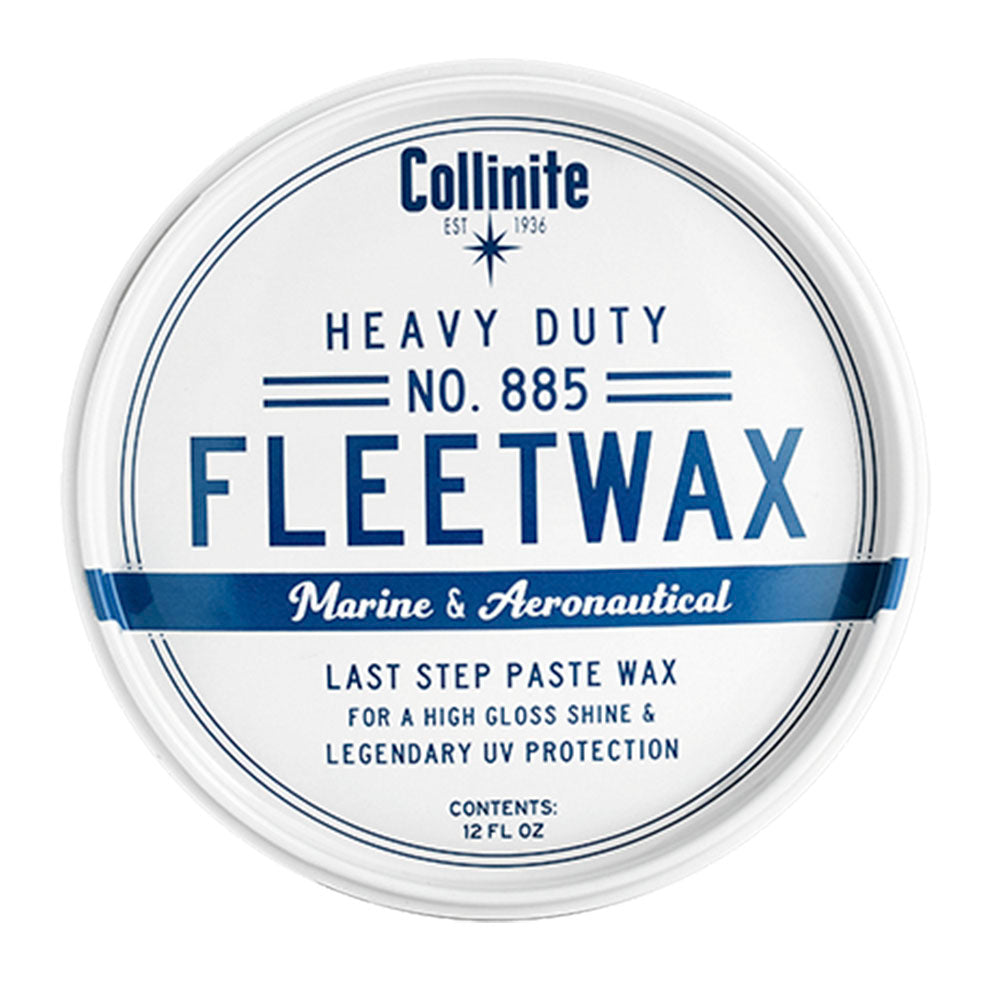




Frequently Asked Questions
-
Choosing between a paste, liquid and spray wax purely depends on your needs and preferences. A paste wax will provide you with long-lasting protection and a deep glossy shine but requires more effort to apply and buff which is very time consuming.
Liquid wax is a good all-rounder, offering decent levels of protection and ease of use and is suitable for both hand and machine application. And finally, spray wax is the easiest and quickest to apply, ideal for maintenance and touch-ups.
Each type of car wax has its pros and cons, so the best choice depends on your personal preferences! -
If applying by hand:
- Wash and thoroughly dry the car completely to ensure optimal surface for wax to bind to.
- Grab your hand foam applicator pad and add just a small amount of either liquid or paste wax or spray wax to the applicator. Remember only a small amount is needed and you should only be working on a small section at a time to ensure the area is properly covered with the wax.
- Using a gentle, circular motion, start working in the wax into a 2-3 square feet section of the vehicle.
- Allow the wax to haze, following the manufacturers instructions as the time to haze can vary depending on the brand. On average, this takes a few minutes.
- Buff the wax using a clean, dry microfiber cloth or towel. Use light pressure and flip the mf cloth frequently to avoid spreading the residue.
- Inspect the finished section for any missed spots or streaks that might have been missed. If needed, reapply wax to any areas that were missed.
- Move onto next section of the panel and repeat the process.
- Once complete, finish up by completing a final pass with a fresh microfiber cloth to ensure a consistent shine and remove any remaining residue.
If applying using a machine polisher (with a liquid wax)- Wash and thoroughly dry the car.
- Attach a finishing pad to your machine polisher.
- Apply the wax to the pad. Only a pea sized amount is recommended.
- Whilst switched off or using a low speed, spread the wax over a small section of the car to avoid splatter.
- Using a slow speed, work the wax into the paint using overlapping passes. Use light to moderate pressure and move the polisher in a slow, controlled manner to ensure even coverage.
- Allow the wax to haze. This should only take a few minutes.
- Buff the wax using a clean, dry microfiber cloth or towel. Use light pressure and flip the mf cloth frequently to avoid spreading the residue.
- Inspect the finished section for any missed spots or streaks that might have been missed. If needed, reapply wax to any areas that were missed.
- Move onto next section of the panel and repeat the process.
- Once complete, finish up by completing a final pass with a fresh microfiber cloth to ensure a consistent shine and remove any
-
On average your average car wax will last roughly 1-3 months before you start to see performance issues. This is dependant on various factors e.g. weather, storage of car and how often the car is used.
-
Pros:
- Car wax will help to protect your car's paint from damage.
- Will make your car’s paint shiny and vibrant!
- Natural car wax is more environmentally friendly.
- Natural car wax can be gentler on the paint work.
Cons:- Not a permanent coating and will need to be reapplied on a regular basis.
- Car wax can be difficult to apply evenly, and it may require some practice to get the best results.
- Time consuming.
Shop other car protectant products including care protection kits, ceramic coatings, spray coatings, sealants, spray waxes & sealants, marine care and quick detailers.


